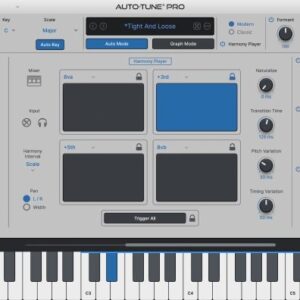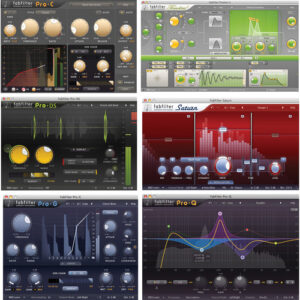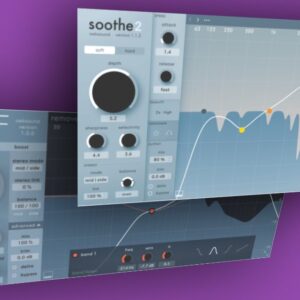adob audition
Original price was: $10.00.$5.00Current price is: $5.00.
Audition can Strip Silence from inactive regions in recorded clips without losing sync in multitrack audio—perfect for fast cleanup of interviews, podcasts, and other multitrack recordings. Strip Silence includes adjustable parameters to compensate for background noise or uneven volume levels among participants.
Other nice features: DeReverb is a valuable tool that lets you reduce or remove reverberation in an existing audio file. It can handle big, spacious reverbs or short delays (echoes). DeNoise removes hiss and hum from existing files, but more transparently and certainly easier than the older Noise Reduction feature. Instead of requiring you first to create a noise print from a quiet period of the audio or fine-tune the exact frequencies and dB levels to get an acceptable result, DeNoise does it in real time with no latency. You just have to control how much noise reduction you want. It also lets you preview the noise print it’s removing on its own as a reality check.
The Sound Remover tool is another winner; you can get transparent results using it to remove an errant bump, paper shuffling, or even a car alarm from an otherwise perfect take. The auto-ducking works with ambient sounds; you can manually enter time and parameter values for keyframes.
The Mixer view looks a little cluttered, mainly thanks to overly thin sliders, but Audition’s metering and support for console effects are plenty strong. It’s easy to strip multiple audio channels from MXF and other types of video files using the Multitrack view. For example, suppose you record a scene for film or television using multiple microphones (or even in 5.1). In that case, the program lets you store each recorded file in its own channel in the file and then configure the routing of the source channels to each corresponding clip channel. Adobe has also built in an Essential Sound panel targeted at beginners. To use it, select a clip and then choose a Mix Type, such as Dialogue. The program then shows you only a few crucial adjustments that are probably the most important for that task, like repairing a click or making it sound clearer. The program includes more than 50 audio effects in total.
One of Audition’s most powerful features is its Favorites, which lets you set up macros that perform a series of common operations on wave after wave, such as normalizing or converting to stereo. In tandem with Favorites is Batch Processing, which lets you perform tricks like matching up an entire group of clips to broadcast regulation standards or analyzing the frequency and even phase of recordings—this would have saved me a ton of time on some older video game sound design projects I worked on years ago. The program makes it easy to export broadcast-ready audio in various formats to comply with loudness standards in film, television, commercials, and radio worldwide.
With the 2024 update, you can finally copy and paste effects from one track to another in multitrack and waveform modes. Adobe has also made a bevy of bug fixes in recent months, including improved stability for VST3 plug-ins and reduced latency for sub-mixed tracks. Overall, Audition is also the ideal step up from Audacity or GarageBand when recording podcasts.






Reviews
There are no reviews yet.